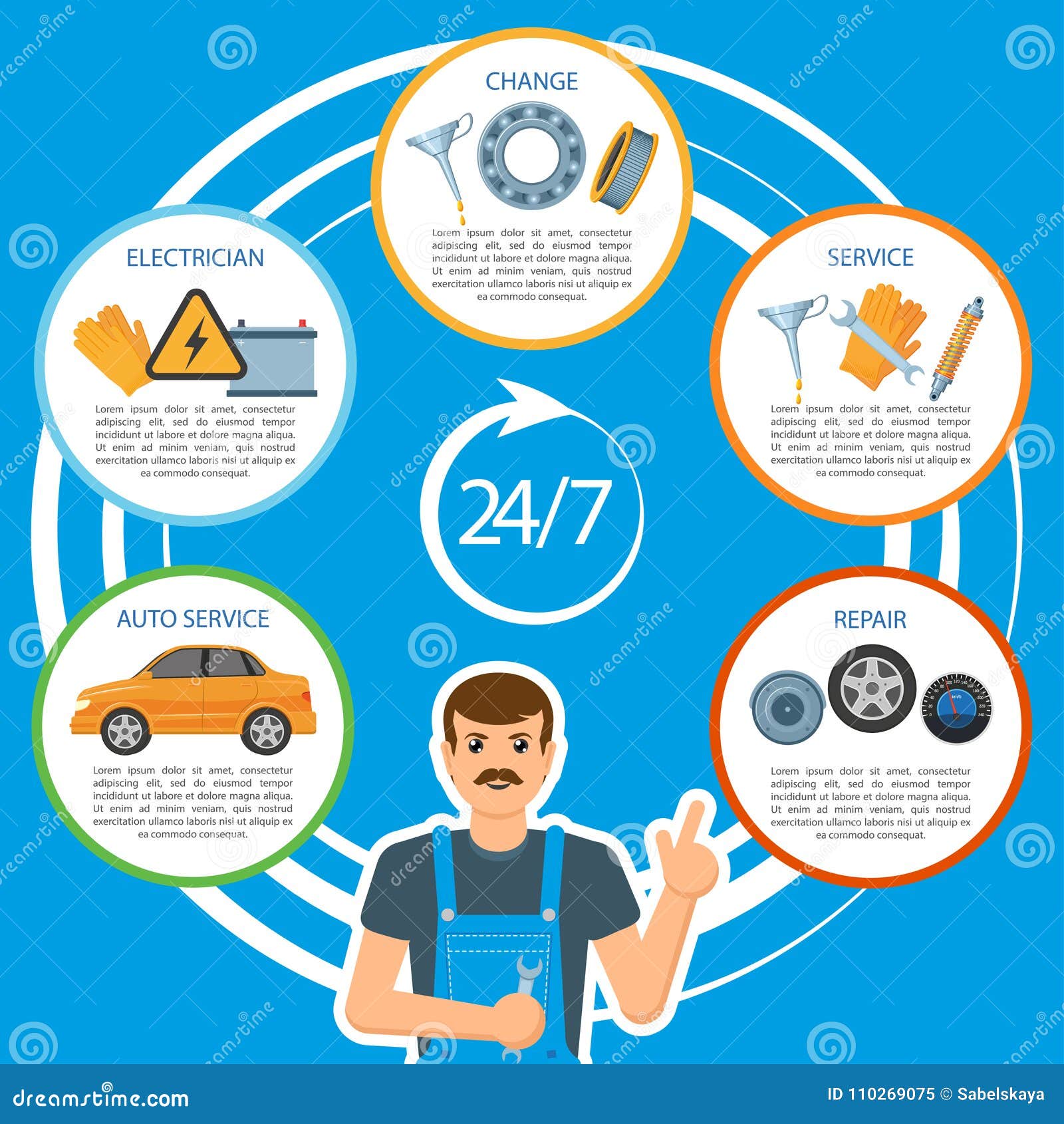Untangling Truth Definition Behind Your Vehicle'S Warning Lighting
Untangling Truth Definition Behind Your Vehicle'S Warning Lighting
Blog Article
Web Content Author-Peck Dreier
When you lag the wheel, those beautiful caution lights on your control panel can be a bit bewildering. Do you understand what they're attempting to inform you regarding your auto's health and wellness? Recognizing the value of these lights is crucial for your safety and security and the longevity of your vehicle. So, the following time one of those lights turns up, wouldn't you want to decipher its message precisely and take the required steps to address it?
Common Caution Lighting and Interpretations
Determine typical caution lights in your auto and recognize their meanings to guarantee risk-free driving.
One of the most common caution lights include the check engine light, which signifies issues with the engine or discharges system. If this light begins, it's vital to have your car checked immediately.
The oil pressure warning light suggests reduced oil stress, requiring instant focus to avoid engine damage.
A blinking battery light might suggest a faulty billing system, potentially leaving you stranded if not dealt with.
The tire stress tracking system (TPMS) light signals you to reduced tire stress, impacting vehicle stability and gas effectiveness. Overlooking this could lead to harmful driving problems.
The abdominal light suggests a trouble with the anti-lock stopping system, jeopardizing your ability to stop rapidly in emergency situations.
Finally, the coolant temperature level cautioning light warns of engine getting too hot, which can cause serious damages otherwise solved promptly.
Understanding https://brake-pads05172.bloginder.com/28285943/unveiling-the-tricks-of-auto-repair-shops-a-must-know-overview will aid you address issues quickly and preserve safe driving conditions.
Relevance of Prompt Attention
Understanding the typical warning lights in your automobile is only the primary step; the relevance of immediately resolving these warnings can not be highlighted enough to guarantee your safety and security when driving.
When a caution light brightens on your dashboard, it's your auto's way of connecting a prospective concern that needs attention. Disregarding these warnings can lead to much more serious troubles in the future, jeopardizing your security and potentially costing you extra out of commission.
Prompt interest to alerting lights can prevent malfunctions and crashes. For example, a blinking check engine light might indicate a misfire that, if left unattended, could create damage to the catalytic converter. Resolving find out here now without delay can save you from a costly repair work.
In a similar way, a brake system advising light may signify reduced brake liquid or used brake pads, crucial elements for your safety when driving.
DIY Troubleshooting Tips
If you observe a warning light on your dashboard, there are a few DIY troubleshooting tips you can try before looking for professional help.
The first step is to consult your vehicle's guidebook to recognize what the specific caution light indicates. Sometimes the problem can be as simple as a loose gas cap activating the check engine light. Tightening up the gas cap may solve the issue.
An additional typical issue is a low battery, which can set off various alerting lights. Inspecting the battery links for rust and guaranteeing they're safe may take care of the trouble.
If aaa auto repair near me continues, you can try resetting it by separating the car's battery for a few minutes and then reconnecting it. Additionally, examining mechanic near me , such as oil, coolant, and brake fluid, can assist fix advising lights related to these systems.
Verdict
To conclude, understanding your car's caution lights is important for maintaining your vehicle running efficiently and securely. By immediately addressing these signals and knowing what they mean, you can stay clear of expensive fixings and prospective breakdowns.
Keep in mind to consult your auto's manual for particular information on each warning light and take action appropriately to ensure a trouble-free driving experience.
Remain notified, stay secure when driving!
